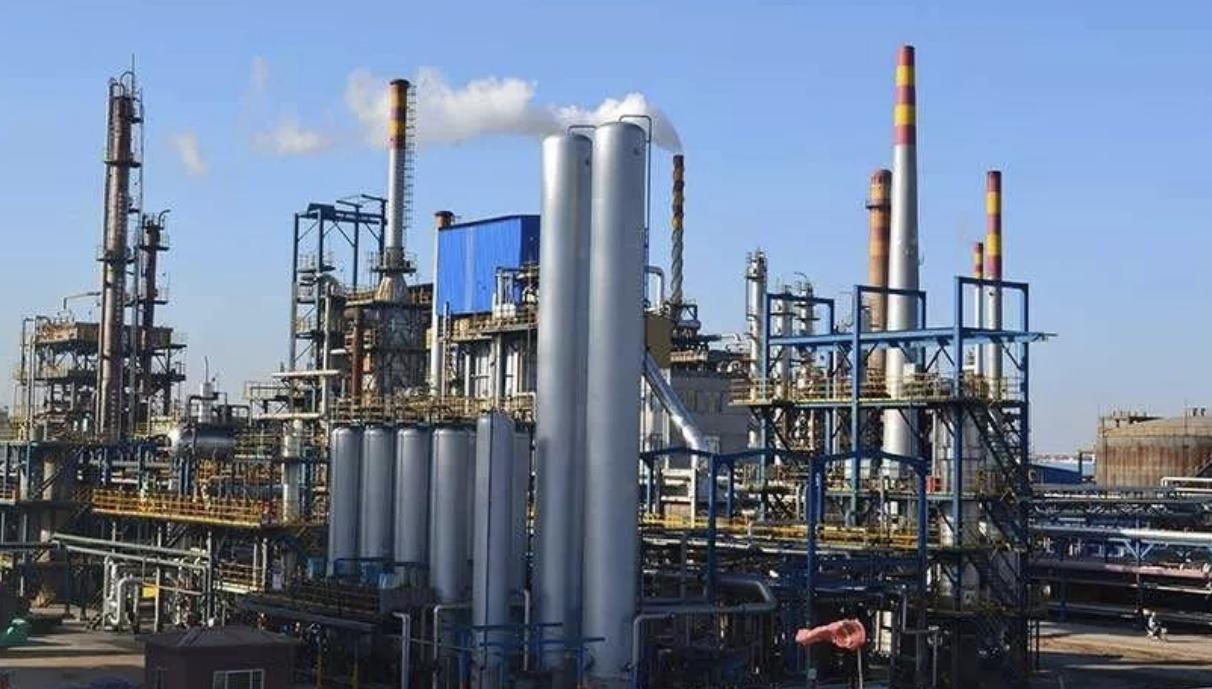In general, corrosion prevention methods can be divided into two main categories:
1.Correct selection of corrosion-resistant materials and other preventive measures.
2.Choosing reasonable process operations and equipment structures.
Strictly adhering to the process regulations in chemical production can eliminate unnecessary corrosion phenomena. However, even if high-quality corrosion-resistant materials are used, improper operational procedures can still lead to severe corrosion.
1. Inorganic Corrosion Inhibitors
Typically, adding a small amount of corrosion inhibitors to a corrosive environment can significantly slow down metal corrosion. These inhibitors are generally classified into three types: inorganic, organic, and vapor-phase inhibitors, each with distinct mechanisms.
• Anodic Inhibitors (slow down the anodic process):
These include oxidizers (chromates, nitrites, iron ions, etc.) that promote anodic passivation or anodic filming agents (alkalis, phosphates, silicates, benzoates, etc.) that form protective films on the anode surface. They primarily react in the anodic region, enhancing anodic polarization. Generally, anodic inhibitors form a protective film on the anode surface, which is highly effective but carries some risk—insufficient dosage may result in incomplete film coverage, leaving small exposed bare metal areas with high anodic current density, making pitting corrosion more likely.
• Cathodic Inhibitors (act on the cathodic reaction):
Examples include calcium, zinc, magnesium, copper, and manganese ions, which react with hydroxide ions produced at the cathode to form insoluble hydroxides. These form thick films on the cathode surface, blocking oxygen diffusion and increasing concentration polarization.
• Mixed Inhibitors (suppress both anodic and cathodic reactions):
These require experimental determination of the optimal dosage.
2.Organic Corrosion Inhibitors
Organic inhibitors work via adsorption, forming an invisible, molecular-thick film on the metal surface that simultaneously suppresses both anodic and cathodic reactions (though with varying effectiveness). Common organic inhibitors include nitrogen-, sulfur-, oxygen-, and phosphorus-containing compounds. Their adsorption mechanisms depend on molecular structure and can be categorized as:
·Electrostatic adsorption
· Chemical adsorption
· π-bond (delocalized electron) adsorption
Organic inhibitors are widely used and rapidly evolving, but they also have drawbacks, such as:
· Product contamination (especially in food-related applications)—while beneficial in one pro
duction stage, they may become harmful in another.
·Inhibition of desired reactions (e.g., slowing down film removal during acid pickling).
3. Vapor-Phase Corrosion Inhibitors
These are highly volatile substances containing corrosion-inhibiting functional groups, primarily used to protect metal parts during storage and transport (often in solid form). Their vapors release active inhibiting groups in atmospheric moisture, which then adsorb onto the metal surface to slow corrosion.
Additionally, they are adsorptive inhibitors, meaning the protected metal surface does not require rust removal beforehand.
Post time: Oct-09-2025


